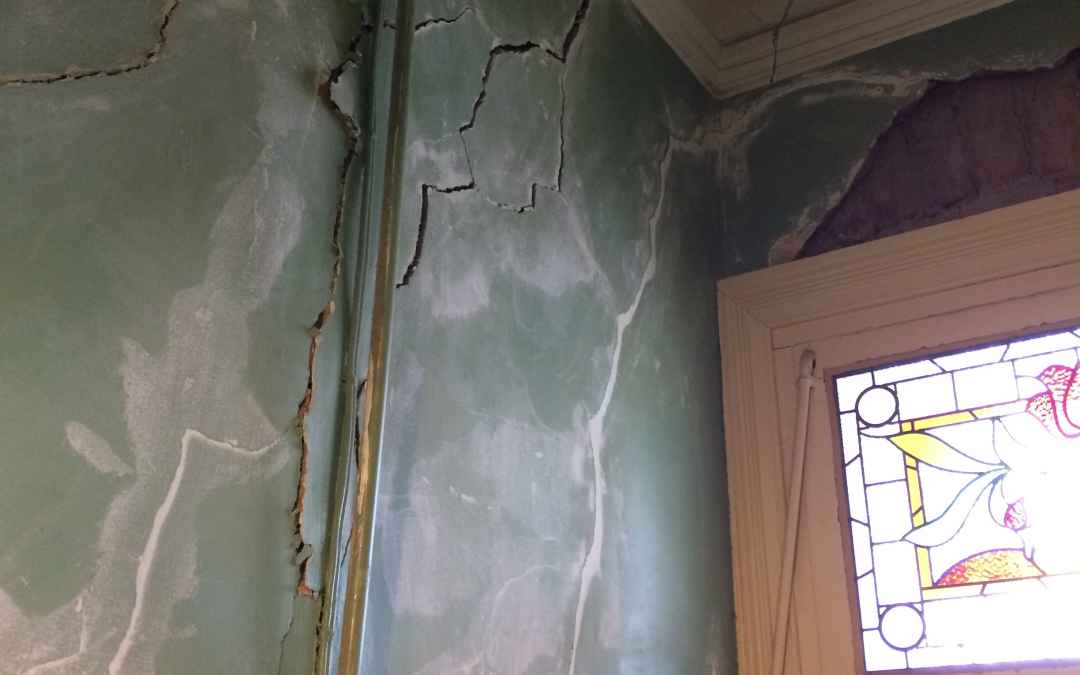BACKGROUND
There has been a recent increase in damage caused by tree root drying around Melbourne and surrounding suburbs. This is set to increase as the State government suburban greening policy and guidelines for local councils will see more tree planting in existing and new residential areas. The need for greener, cooler streets is in the interest of all local communities and residents and should be an aim for surburban planning goals.
The problem comes when this is done without the advice and guidance of the geotechnical industry, which has been largely left out of the policy formation.
Knowledge of how reactive soils behave when dried by trees sucking moisture from the soil via the tree root system can contribute to the prevention of residential and infrastructure damage.
Add to this the extreme climatic conditions that are set to continue, and we are faced with a ticking time bomb of foundation repair and legal actions involving residents and local councils.
I have written the following article to help add to the conversation and share my knowledge gained over decades of assisting in geotechnical forensic investigations.
When clay loses moisture, which is sucked out by tree roots, it literally shrinks – much the same way a household sponge shrinks in size if it is left out to dry. As the soil shrinks in volume the foundations also drop with the soil. This is called settlement. Foundation settlement can result in cracks in the plaster work and external brickwork, and even distortion of the house framework. If the ground settlement is very significant service pipes can break, concrete paving can move and asphalt can laterally crack.
The tree roots draw moisture out of the soil but this is resisted by the soil’s ability to hold onto the moisture. This is called soil suction. If the tree keeps removing moisture from the soil and it is not replaced by rainfall, or another source, then eventually the soil suction will be equal or greater than the tree’s ability to draw more moisture out. This is called the Wilting Point as has a known suction value. If the tree dries the soil to Wilting Point it must either grow roots in other areas i.e. deeper or wider than it’s current root mass, or die.
This is one of the main reasons why, during drought times, foundation damage can increase due to soil settlement. Tree growth can also increase moisture demands on the soil, and lead to soil settlement. One recent example is the Ornamaental Pear Tree. During its immature growth phase it can remove a significant amount of moisture from the soil relatively quickly.
Ornamental Pear Trees have been associated with a large amount of settlement damage as they grow, and their popularity has increased in recent decades. Variations in the species type and grafted root stock will be a large determining factor whether they will impact soil moisture and ultimately foundations.
